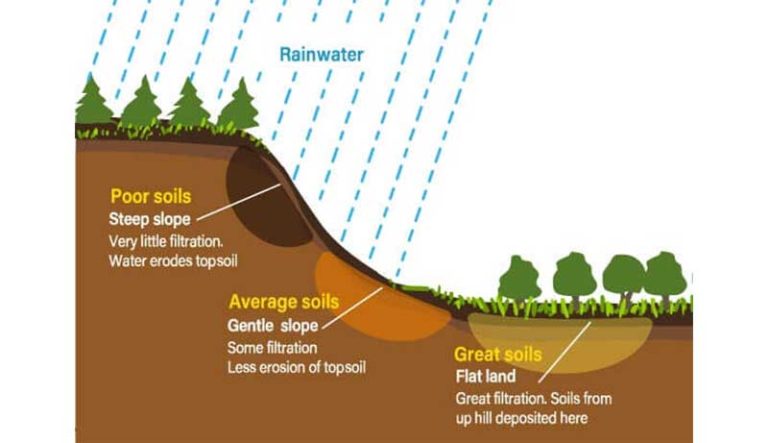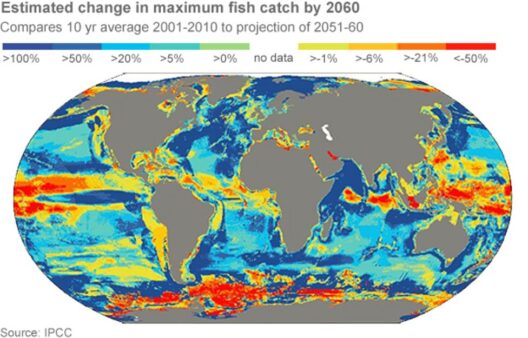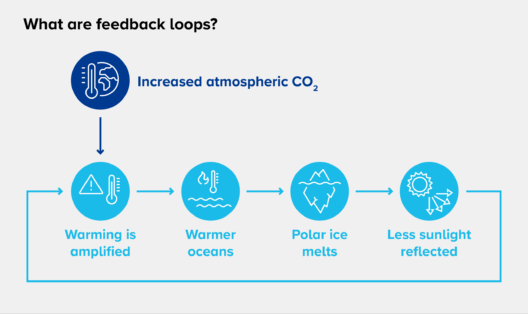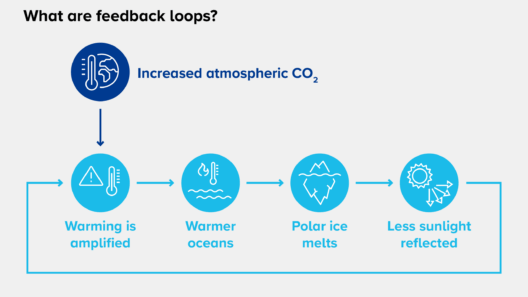Soil is often overlooked in discussions about climate change, yet it plays a critical role as both a habitat and a source of nutrients for countless organisms. The intricate relationship between soil and climate is a fascinating subject that transcends mere observations of surface conditions, eliciting a deeper understanding of how atmospheric dynamics shape the very ground beneath us.
Climate, defined as the long-term patterns of temperature, humidity, wind, and precipitation in a given area, possesses a profound impact on soil formation and health. This relationship is a complex tapestry woven through various elements, including lithology, topography, and biotic factors, all of which alter how soil stratification occurs over time.
At the fundamental level, temperature influences soil processes such as chemical weathering, organic matter decomposition, and nutrient cycling. Warmer climates generally accelerate these processes. Hence, areas with higher average temperatures often exhibit more rapid soil formation rates compared to cooler regions. The enhanced microbial activity in warm soils significantly contributes to increased organic matter breakdown, thereby augmenting the levels of nutrients available to plants.
Conversely, extreme climatic conditions can lead to severe consequences for soil health. Drought, a prominent feature of certain climatic zones, can desiccate soils, resulting in reduced moisture retention and impaired microbial functioning. The long-term ramifications can manifest as diminished fertility and increased susceptibility to erosion. When soils become parched, their structural integrity is compromised, often leading to deterioration that can take years, if not decades, to remedy.
Precipitation patterns are equally critical in shaping soil profiles. Regions that receive consistent rainfall typically support more robust vegetation, which in turn contributes to soil fertility through leaf litter and root decomposition. However, excessive rainfall can lead to soil saturation. This not only impedes plant uptake but also facilitates the leaching of vital nutrients, thereby impacting agricultural productivity. Flooding introduces another set of challenges, as heavy runoff can erode topsoil, stripping the land of its most fertile layer.
The interplay between climate and soil extends beyond just temperature and moisture. Wind patterns, for instance, can transport soil particles over vast distances, leading to processes of deflation and deposition that significantly alter landscapes. Aeolian processes, driven by wind, can create unique soil formations such as dunes and loess deposits. The movement of soil through wind also poses challenges, especially in arid regions, where it can lead to phenomena like desertification—an alarming consequence of climate-induced soil degradation.
Biotic factors intertwined with climate further elucidate this connection. Vegetation plays an essential role in soil formation via root systems that stabilize soil and contribute organic materials. Plant communities are themselves influenced by climate; as temperatures rise or rainfall patterns shift, we may witness migrations of vegetation, which in turn affects soil composition. For instance, forests transitioning to savanna due to changing climate regimes can lead to a loss of nutrient-rich organic matter, consequently degrading the soil.
Moreover, the climatic influence extends to soil pH, a critical determinant of nutrient availability. Acidic or alkaline conditions can arise from climatic shifts, which can alter the solubility of minerals essential for plant growth. In regions undergoing increased rainfall, soil pH may drop due to higher rates of leaching, which can hinder agricultural practices. Farmers and land managers must adapt their strategies to cope with these dynamics, employing practices such as soil amendment or crop rotation to restore balance.
As we delve deeper, the role of soil as a carbon sink emerges as another layer of this intricate relationship. Healthy soils have the capacity to sequester significant amounts of carbon dioxide from the atmosphere, combating the effects of climate change. However, climate change threatens this delicate balance. Increased temperatures can lead to enhanced decomposition rates, releasing sequestered carbon back into the atmosphere. This not only exacerbates global warming but also compels a re-evaluation of land management practices. Sustainable farming, agroforestry, and conservation tillage become imperative to mitigate soil erosion and promote carbon sequestration.
Furthermore, the influence of climate on soil extends into socio-economic realms. Agricultural practices are highly dependent on climatic conditions; thus, farmers’ livelihoods are inherently tied to the soil’s health and productivity. Climate change poses an existential threat to agricultural viability, often forcing communities to pivot to alternative crops or methods. Understanding these relationships not only aids farmers in maintaining productivity but also fosters broader environmental stewardship by tying climate action to soil conservation.
In conclusion, the interrelation of soil and climate is a multifaceted phenomenon that reveals much about Earth’s ecological balance. From temperature effects to impacts on vegetation and carbon storage, the weather tells us a comprehensive story about the ground beneath us. The consequences of climatic shifts on soil require vigilant attention and responsive action, ensuring that as we confront climate challenges, we do not neglect the vital role of soil in sustaining not just ecosystems but also human civilization. Recognizing soil as a critical player in the climate dialogue reframes our understanding of environmental issues and highlights the essence of nurturing this resource for future generations.




